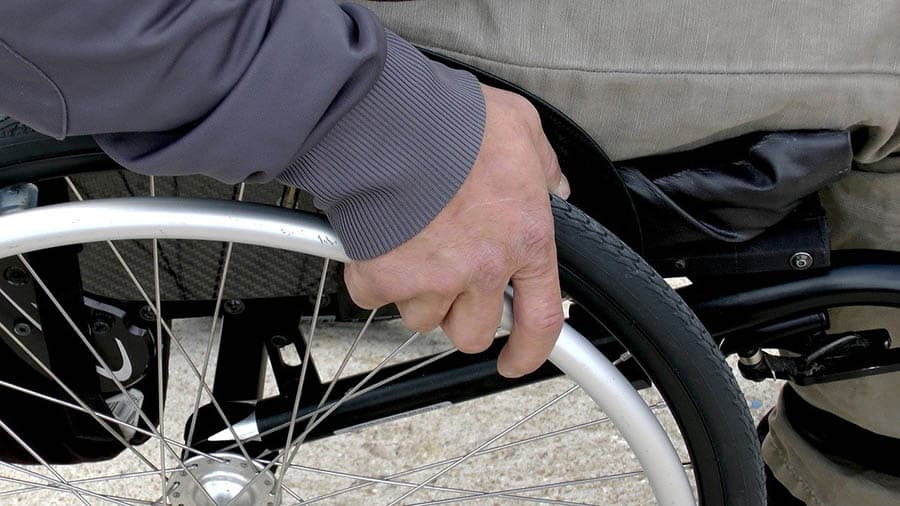Habinteg finds wheelchair users subjected to decades-long wait for new accessible housing
Research by Habinteg has found that someone joining a local authority waiting list for a new-build wheelchair-accessible home could have to wait up to 47 years.
The research, based on freedom of Information requests to 325 local authorities, showed that there are an estimated 20,000 people on English local authority waiting lists for a fully wheelchair-accessible home. A further 104,000 people are waiting for an accessible or adaptable home. At the current rate of building, a wheelchair user joining the list today could wait up to 47 years for a new home that meets their needs.
Despite government recommendations, less than half of local authorities can supply data on the demand for accessible housing in their area.
The government’s planned change in building regulations (making accessible and adaptable homes1 the new national baseline) will increase the proportion of new homes that will be accessible and adaptable. However, the delivery of fully wheelchair-accessible homes2 is still governed by local authority planning policies, and most do not set a target for fully wheelchair-accessible homes.
Nick Apetroaie, CEO of Habinteg, said: “Making do in an inaccessible home can have a huge negative impact on a person’s health and wellbeing. It can also restrict them from aspects of life that many of us take for granted, such as having regular work. A disabled person is four times more likely to be in work if their accessible housing needs are met.
“With only nine per cent of English homes offering even the most basic accessibility, we need all plans for new homes to include targets for accessible properties, particularly wheelchair accessible homes.
“It is deeply concerning that so many local planning authorities could not easily tell us the number of people in need of accessible homes in their area. Keeping track of this information is essential in order to develop adequate plans. At present, more than half of local planning authorities don’t appear to have the data they need to understand the needs of their local populations.”
Under the UK government’s plan, announced in July, all future new build homes would be required to meet the adaptable homes standard, meaning they are step-free, more spacious and offer wheelchair access into all the rooms.
But these homes still require adaptations for wheelchair users, such as access-level showers and stairlifts, which cost an average of £9,000 to install.
Funding is available through the UK Disabled Facilities Grant (DFG), which was increased to around £500m a year over the last five years to boost the number of adaptations in homes.
But the grant is dependent on income, leaving many working disabled people ineligible and facing the extra costs alone.



